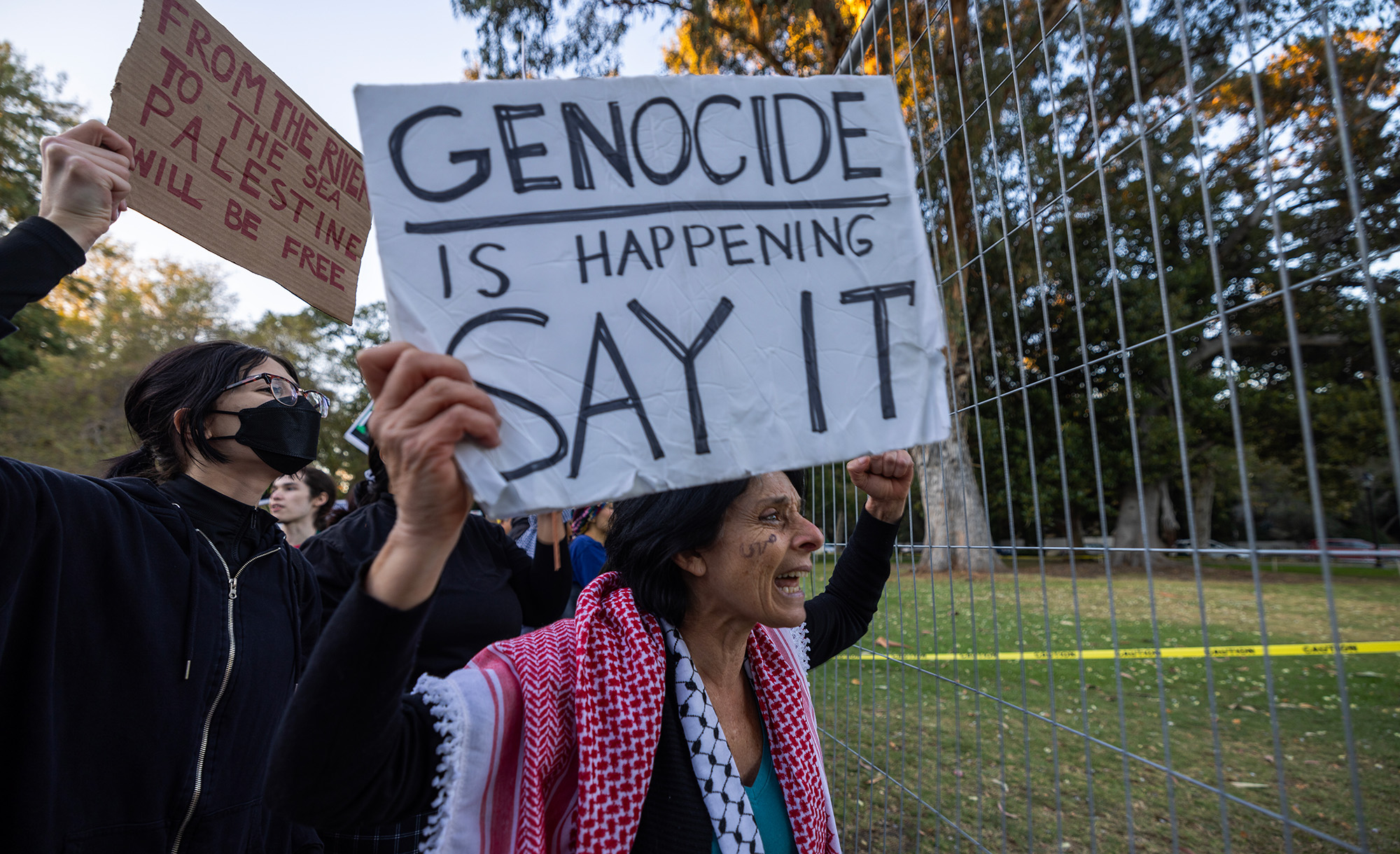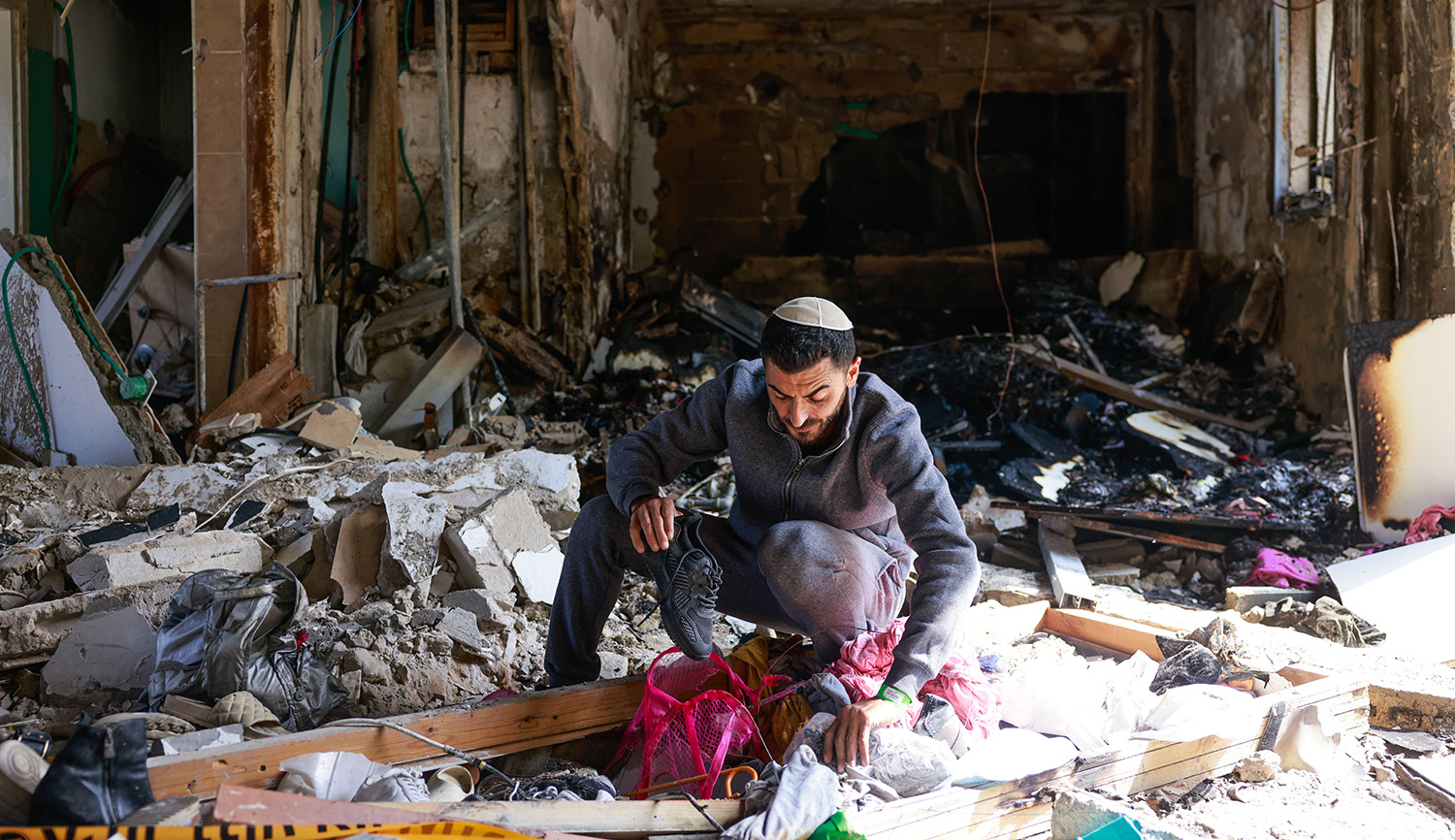Excavations of the village of Shikhin have revealed much about the lives of the Jews there. James R. Strange, one of the archaeologists involved in the excavations, answers some questions about what he and his colleagues have unearthed. (Interview by Brian Leport.)
Shikhin’s Roman-period synagogue . . . was built sometime after the 1st century CE. . . . For the main entrance to their new building, [its builders] imported two halves of very large threshold stones made of hard, dolomitic limestone, using them to form a single threshold. The fragments of columns, including heart-shaped columns for interior corners, are also quite large. Either Shikhin had a modest synagogue with oversized architectural pieces, or it was a modest village with an oversized synagogue. . . . After the building was abandoned in the 3rd or early 4th century, nearly all of its stones were removed. . . .
Contrary to older views, in which people thought of the Galileans as peasants who barely escaped starvation year by year, . . . we now know that Galilee under Roman occupation had a fairly robust economy in which people [traveled] both to the city and from village to village, whether to engage in commerce or to find work. This does not mean that the Romans were not iron-fisted overlords, or that taxes were not onerous. . . .
We also know that, so far as we can tell, the Jewish population [in the Galilee] was concerned with the same sorts of things that concerned the Jews in the south [of Israel]: maintaining [ritual] purity on a daily basis, eating kosher meats and other foods prepared according to a kosher manner, and traveling to Jerusalem when they could for the pilgrimage festivals. By and large, Jewish people tended to live together in villages and pagan people tended to live in their villages (not many villages in the Galilee were pagan).
Read more at Ancient Jew Review
More about: Ancient Israel, Ancient Rome, Archaeology, Galilee, History & Ideas, Synagogue


